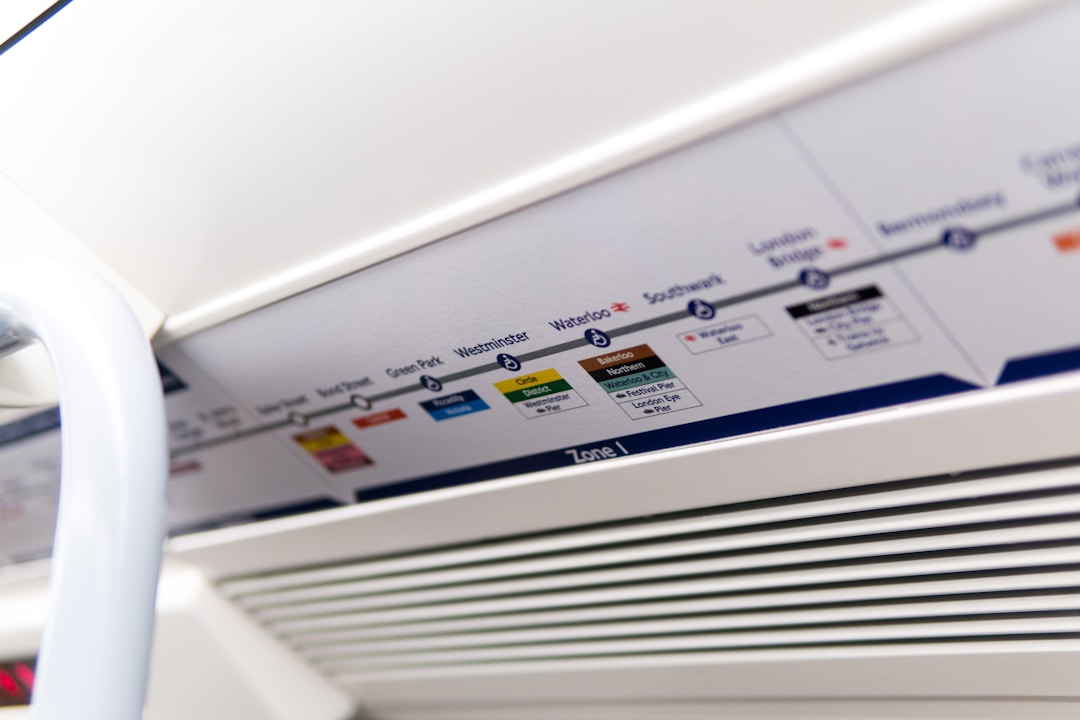Mountain homes can be a wonderful retreat, offering beautiful scenery and plenty of fresh air. However, they can also be expensive to maintain, especially if you need to make improvements. If you’re looking to finance your mountain home improvement projects, you should know a few things. Keep reading to learn more about how to finance large home improvement projects for mountain homes.
How can you get started with home improvement projects?

When considering a home improvement project, the first step is to determine the project’s scope. This includes identifying what needs to be done and how much it will cost. It’s important to be realistic about what can be accomplished within your budget. Once you plan, you can start saving up for the project or look into financing options.
It may make sense to take out a loan if you’re doing a significant renovation. Many different types of loans are available, so it’s important to shop around and find one that fits your needs. If you’re unsure where to start, your mortgage lender can help you.
Whatever financing option you choose, ensure you understand all the terms and conditions before signing anything. It’s also a good idea to consult a financial advisor to make sure you’re making sound decisions about your money.
What are some common finance options?
Various loan options are available for those looking to finance their home improvement projects. The most common type of loan is the fixed-rate mortgage. This type of loan offers a set interest rate and monthly payment for the life of the loan. It’s ideal for those who want predictability in their budgeting and don’t want to worry about their interest rate increases over time.
Another option is the adjustable-rate mortgage, which offers a lower initial interest rate than a fixed-rate mortgage. However, this interest rate can change over time based on the market conditions when the loan is refinanced or reaches maturity. This type of loan may be a good choice for those who plan on living in their home for only a short period of time or who expect their income to increase significantly in the future.
Home equity loans are another option for financing home improvement projects. These loans allow homeowners to borrow money against the equity they’ve built in their homes. The amount that can be borrowed depends on how much equity has been accumulated and what percentage of that equity is offered as a loan. Home equity loans typically have lower interest rates than other types of loans, making them an attractive option for larger projects.
Sticking to your budget is crucial.
Sticking to your budget and staying on schedule is crucial when planning your home improvement project. This means planning your project, breaking it into smaller tasks, and allocating the necessary funds upfront. It also means being realistic about how long the project will take and setting deadlines accordingly. If you’re not careful, a home improvement project can quickly get out of control financially. By planning and staying disciplined, however, you can ensure that your renovation stays on track without putting too much stress on your wallet.
Before you start working on your project, make sure to get a pre-approval loan.

When looking to finance a mountain home improvement project, getting a loan pre-approval is essential. A pre-approval shows the lender that you are serious about borrowing money and have been approved for a certain amount of credit. This puts you in a better position when negotiating interest rates and terms on your loan.
To get a loan pre-approval, you will need to provide the lender with some basic information, such as your name, address, income, and debt. The lender will also want to know the loan’s purpose. This information will help the lender determine if you are eligible for a pre-approved loan and how much credit you can be approved for.
Be sure to have a realistic idea of what the project will cost and your budget. Next, research all of your financing options so you can find the best deal. Finally, be sure to factor in any potential property value increase when deciding whether to finance the project.


































